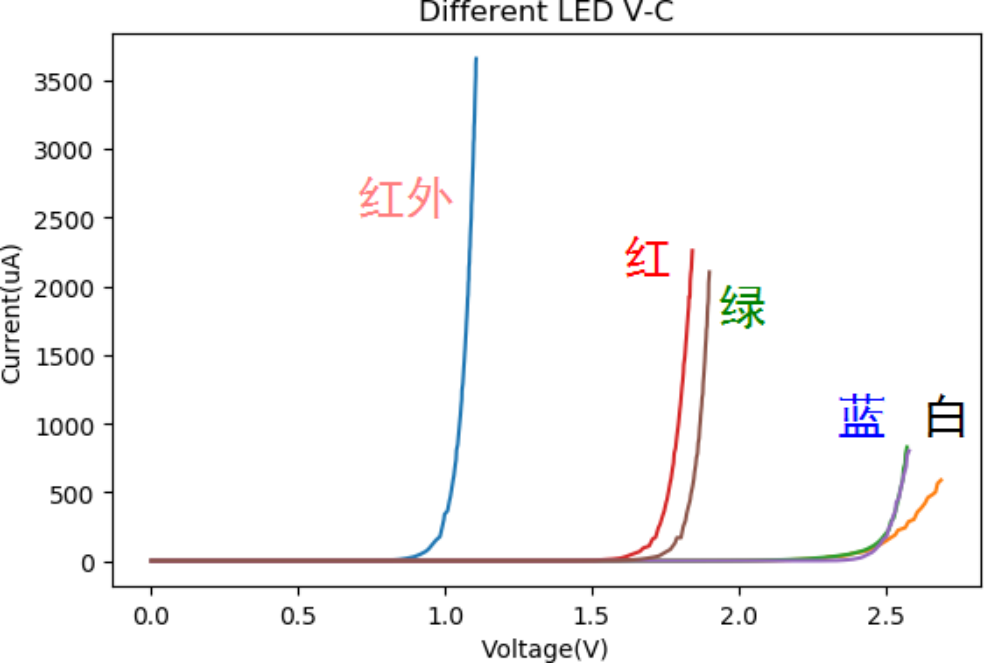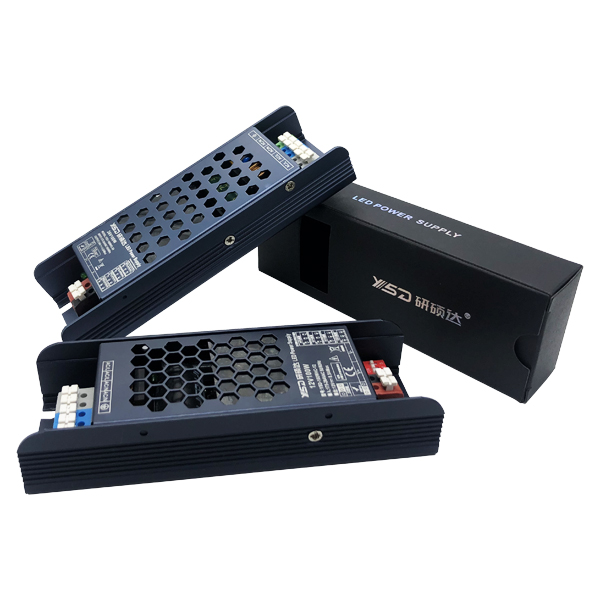Why the LED can not be Directly Integrated With the Current Limiting Resistor
2022-02-11 08:55:56
Brief introduction: In the process of using LED, it is necessary to design a limited current circuit in the circuit (can be current limiting resistance, or constant current circuit) to ensure that the LED current does not exceed the maximum operating current of LED. The use of current limiting resistors is the most common convenient circuit in common LED applications. There are more sophisticated, integrated LED chips that can be used. This paper discusses why the early single LED was not directly integrated with the current limiting resistor.
01 LED current limiting resistor
1.1 Current limiting resistance
As we know, in the process of using
LED power supply, do not directly connect the LED at both ends of the power supply [1], because there is a risk that excessive current will burn out the LED. Normally, a current limiting resistor is connected to the pin of the LED to control the current flowing through the LED within the appropriate operating range.
The size of this current resistance needs to be based on:
Power supply voltage:
LED tube pressure drop, which is determined by the color of the LED;
Driving current range:;
Three factors determine the size of current limiting resistance.
1.2 LED on-voltage
Volt-ampere characteristics of several leds with different colors [2] give the volt-ampere characteristics of several leds with different colors actually measured. It can be seen that the V-A characteristics of leds are very similar to those of ordinary diodes, except that the switching voltage varies with different colors of leds.
▲ Figure 1.2 V-A characteristics of leds with different colors
In some special cases, if the voltage of the LED is basically the same as the voltage applied, and the internal resistance of the battery is relatively large, the battery can also drive the LED directly.
Interactive Digital Whiteboard with a Nintendo Wii remote controler and infrared LED pen. For schools HOWTO[3] shows the application of a direct infrared LED connection to the no. 5 battery.
Figure 1.2.2 Directly connect the LED at both ends of the battery
Since in most cases, the use of leds requires the connection of current limiting resistors, why is there no LED directly internally integrated finite current resistance for sale?
02 Why?
Why Dont LEDs Have Built-in resistors? [4], and the answer is very rich.
A night of struggling to fit 16 current limiting resistors into a small breadboard for a uni project made me wonder why LEDs don't have any kind of internal resistance? I can't think of any downsides. I've never connected an LED without a resistor in series so it makes a lot of sense to me.
This questioner complained after he welded 16 current limiting resistors, asking why the middle of LED is directly integrated with the current limiting resistance?
2.1 LED with integrated current limiting resistance
First of all, leds with built-in current limiting resistors still exist on the market. For example, in 6.5V Red LED 3mm Through Hole, Kingbright-934SRD-5V presents an LED with internal integrated finite current resistance under 5V voltage [5]. The DIAMETER of the LED is 3mm, and it works at 5V with a current of about 14mA.
In LP377GWH1-40G[6], the specification of 5mm diameter green LED produced by YunSun Company in Shenzhen, China, working at +5V, working current 20mA at +5V is given.
In fact, there are already leds with more complex internal circuits, not just finite current circuits, but perhaps flicker control circuits, dimming circuits, and so on. For example, WS2812 serial controllable color LED lamp [7] is integrated with serial interface circuit and three-color PWM control circuit, making it possible to control the color and brightness of up to 1024 LED lights using only one IO port.
2.2 LED integrated current limiting resistance problem
As we saw earlier, LED products with integrated finite flow resistors have actually been around for a long time, but it has been a failure in terms of market reaction (in terms of percentage of usage and market penetration). The main issues include:
Luminous efficiency problem: in fact, most leds used for lighting work in the case of no finite current resistance, through a special constant current circuit to achieve the maximum luminous efficiency of LED.
LED power supply series problem: in many applications, multiple leds need to be connected in series to form a larger area of the display lamp. If there is a limited current resistance, a larger driving voltage is required. Constant current circuits are often used to drive these serial leds;
Different working voltage and current: we know that the size of LED current limiting resistance is composed of a number of factors, once in accordance with certain conditions of the integration of finite current resistance, it will limit the use of LED occasions;
Heat dissipation problem: how to effectively dissipate the power consumption on the current limiting resistance is also a factor affecting the internal integrated current limiting resistance of LED;
Low operating voltage: the current circuit operating voltage is lower and lower, from the original 5V gradually transition to 3.3V, or even lower, which makes the integrated LED device can not adapt to a variety of operating voltage;
The use of table stick current limiting resistor is very convenient: or in reality, adding a table stick current limiting resistor in the circuit is relatively easy, so that the LED can adapt to a variety of working conditions. For high voltages (e.g. +12V) multiple leds can be connected in series.
Total knot
In the process of using LED, it is necessary to design a finite current circuit (current limiting resistor, or constant current circuit) in the circuit to ensure that the LED current does not exceed the maximum operating current of the LED. The use of current limiting resistors is the most common convenient circuit in common LED applications. There are more sophisticated, integrated LED chips that can be used. This paper discusses why the early single LED was not directly integrated with the current limiting resistor







